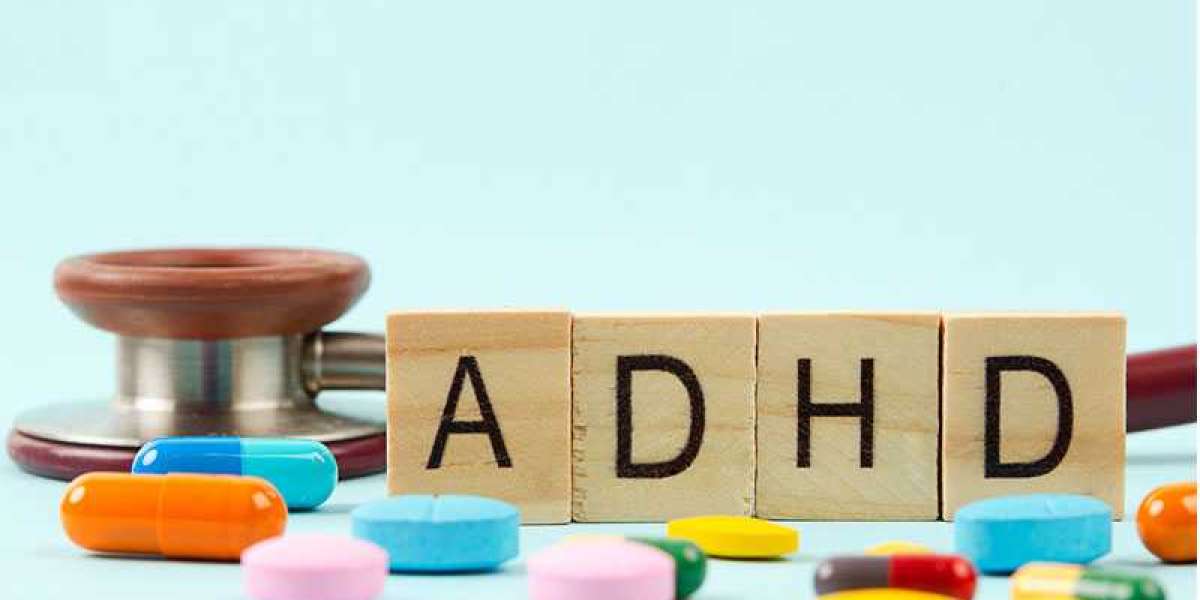Introduction
Attention Deficit Hyperactivity Disorder (ADHD) is a complex neurodevelopmental disorder characterized by a persistent pattern of inattention, hyperactivity, and impulsivity. While it is often diagnosed in childhood, it can affect individuals throughout their lives. In this article, we will delve deep into the common symptoms of ADHD, exploring how they manifest in different age groups and genders.
Defining ADHD
ADHD is a multifaceted condition that affects millions of people worldwide. It is crucial to understand that ADHD is not a result of laziness, lack of discipline, or poor parenting. It is a legitimate medical condition that requires proper diagnosis and management.
The Three Core Symptoms
ADHD is typically categorized into three core symptoms:
Inattention:
Individuals with ADHD often struggle to focus their attention on tasks or activities, leading to careless mistakes and difficulty organizing their thoughts or belongings.
Hyperactivity:
Hyperactivity manifests as excessive restlessness and a constant need to be in motion. It can make it challenging for individuals to stay seated or engage in quiet activities.
Impulsivity:
Impulsivity involves acting without thinking about the consequences. Individuals with ADHD may have trouble waiting their turn, blurting out answers, or interrupting others.
Now, let's explore each of these symptoms in more detail.
Inattention Symptoms
Difficulty Sustaining Attention
One of the hallmark symptoms of ADHD is the inability to sustain attention. Individuals may find it challenging to concentrate on tasks, conversations, or activities for an extended period. This difficulty can lead to problems in school, work, and daily life.
Frequent Careless Mistakes
People with ADHD often make careless mistakes in schoolwork, work projects, or other tasks. These errors occur not because of a lack of knowledge or skill but due to their struggle with sustained attention.
Trouble Listening and Following Instructions
Listening and following instructions can be particularly challenging for individuals with ADHD. They may appear forgetful, as if they weren't paying attention, even when they genuinely want to understand and comply.
Avoiding Tasks Requiring Mental Effort
Tasks that demand sustained mental effort, such as studying for exams or completing a lengthy report, can be daunting for individuals with ADHD. They may avoid or procrastinate on such tasks.
Losing Items Necessary for Tasks
Constantly misplacing items like keys, phones, or important documents is a common occurrence for those with ADHD. This forgetfulness can lead to frustration and inefficiency.
Hyperactivity Symptoms
Fidgeting and Restlessness
Hyperactivity in ADHD often presents as restlessness. Individuals may constantly fidget, tap their hands or feet, or engage in other motor activities, even when it's not appropriate.
Inability to Remain Seated
Children and adults with ADHD often have difficulty staying seated when it is expected. In classroom settings, they may get up from their desks frequently or squirm in their chairs.
Talking Excessively
Excessive talking is another manifestation of hyperactivity. People with ADHD may find it challenging to control the volume and frequency of their speech, often interrupting others in conversations.
Difficulty Engaging Quietly
Engaging in quiet activities, such as reading or working in a library, can be a struggle for individuals with ADHD. Their restlessness and need for movement can disrupt others in these settings.
Interrupting or Intruding
Impulsivity associated with hyperactivity may cause individuals to interrupt others' conversations or games. They might not recognize social cues indicating that it's not their turn to speak or participate.
Impulsivity Symptoms
Acting Without Thinking
Impulsivity involves acting without considering the consequences. Individuals with ADHD may blurt out answers in class or at meetings, make impulsive decisions, or engage in risky behaviors.
Trouble Waiting for One's Turn
In situations where patience is required, such as waiting in line or taking turns in games, individuals with ADHD may struggle to wait their turn and may become agitated.
Blurting Out Answers
In academic or professional settings, blurting out answers or comments without restraint can be disruptive. This impulsivity can affect their relationships and success in these environments.
Variations in Symptoms
It's essential to note that the severity and presentation of ADHD symptoms can vary significantly among individuals. Some may predominantly exhibit inattention symptoms, while others may display more hyperactivity and impulsivity. Additionally, symptoms can change over time and may manifest differently in children, adolescents, and adults.
Gender Differences
Research suggests that ADHD symptoms can present differently in males and females. While boys with ADHD tend to display more hyperactivity and externalizing behaviors, girls with ADHD often exhibit more internalizing symptoms, such as inattention and emotional dysregulation. This can sometimes lead to underdiagnosis or misdiagnosis in females.
Conclusion
In conclusion, ADHD is a complex neurodevelopmental disorder characterized by the three core symptoms of inattention, hyperactivity, and impulsivity. These symptoms can manifest differently in various age groups and genders. It is crucial to recognize that individuals with ADHD face real challenges that are not a result of personal shortcomings. Early diagnosis and appropriate management, which may include behavioral therapies, medication, and supportive strategies, can help individuals with ADHD lead fulfilling lives.



